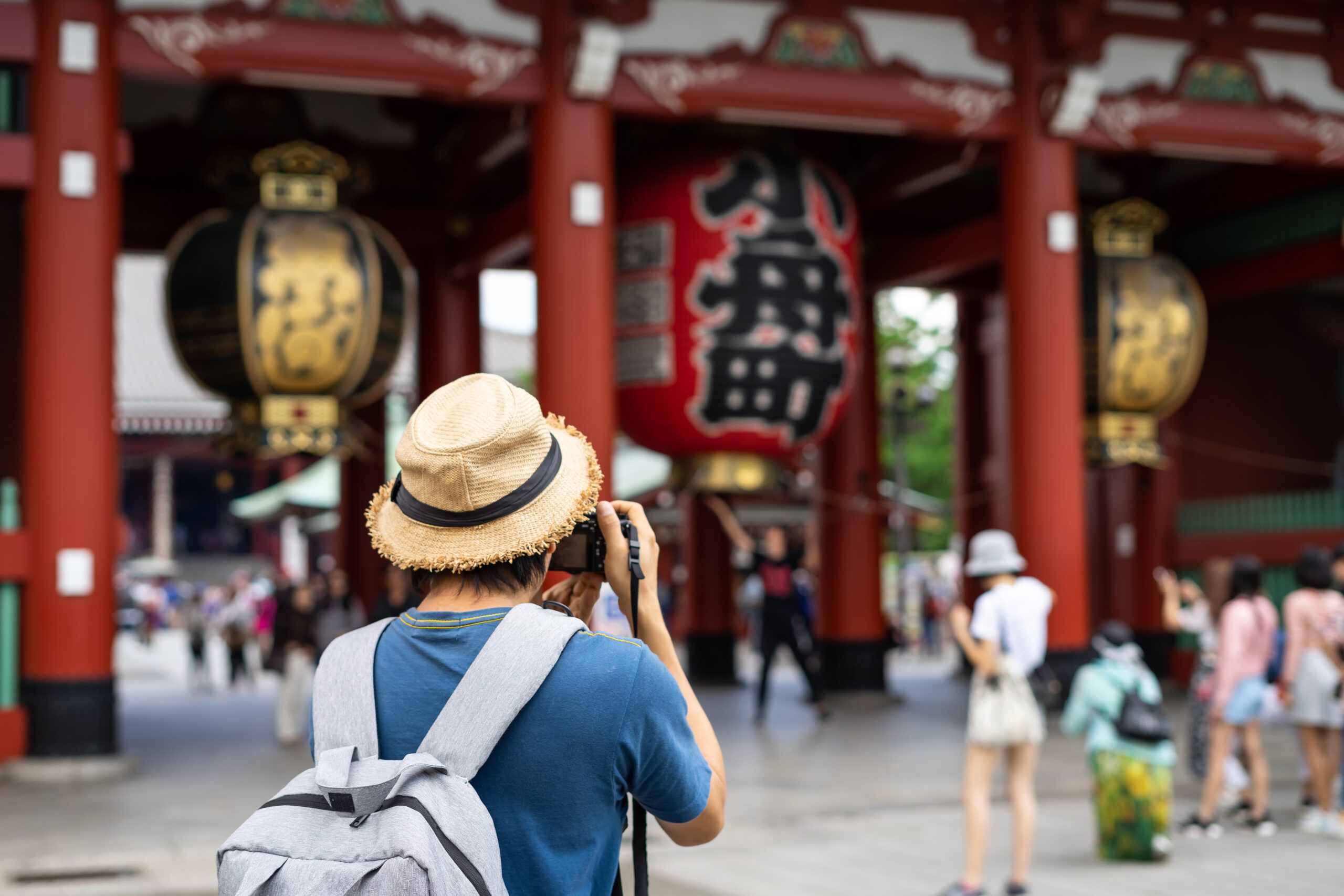Japan’s tourism revival reached a new milestone in late 2023 and early 2024, as a staggering 250,000 Filipino travelers flooded the country between December and January—a 40% spike compared to the same period the previous year. While their spending power fueled a post-pandemic economic boost, the rapid influx also exposed cracks in Japan’s infrastructure and ignited debates over sustainable tourism.
The Surge: A Double-Edged Sword
Filipino tourists, drawn by Japan’s weakened yen and relaxed visa rules, became one of Southeast Asia’s fastest-growing visitor groups. Airlines added direct flights from Manila to cities like Tokyo, Osaka, and Fukuoka, while social media buzzed with Filipino influencers showcasing cherry blossoms, snow festivals, and anime hotspots. The spending spree revitalized sectors like retail (cosmetics, electronics) and hospitality, with hotels in Hokkaido and Kyoto reporting near-full occupancy.
Yet the sheer volume of arrivals strained popular destinations. In Kyoto’s historic Gion district, locals reported overcrowding at temples like Kinkaku-ji, while Osaka’s Dotonbori district saw trash pile up as street food vendors struggled to keep pace. “We’re grateful for the business, but two months of nonstop crowds have worn us out,” admitted a Kyoto ryokan owner.
Cultural Friction and Environmental Concerns
The surge also sparked isolated clashes. Some Filipino tourists faced criticism for trespassing into private alleys in Gion for photos, while others drew complaints for loud behavior in residential areas near nightlife hubs. In Niseko, Hokkaido—a magnet for Filipino ski enthusiasts—environmental groups raised alarms over damaged snowshoe trails and disrupted wildlife habitats.
Japan’s Balancing Act
The government and JNTO now face pressure to address overtourism without alienating a key market. Emergency measures include piloting visitor caps at overcrowded sites, expanding multilingual signage, and promoting off-season travel to rural regions like Tohoku. Meanwhile, Filipino travel agencies are partnering with Japanese officials to educate tourists on cultural etiquette, such as respecting quiet zones and waste disposal rules.
A Test for the Future
The two-month surge underscores both the promise and peril of Japan’s tourism strategy. While Filipino travelers contributed an estimated ¥35 billion ($230 million) to the economy in December and January alone, the backlash highlights the need for long-term planning. “Growth shouldn’t come at the cost of our communities,” argued a Tokyo city council member.
As Japan eyes further tourism growth, the Filipino wave serves as a case study: Can the nation harness global enthusiasm while preserving its culture and environment? For now, the answer remains as delicate as the snowscapes drawing travelers north.



